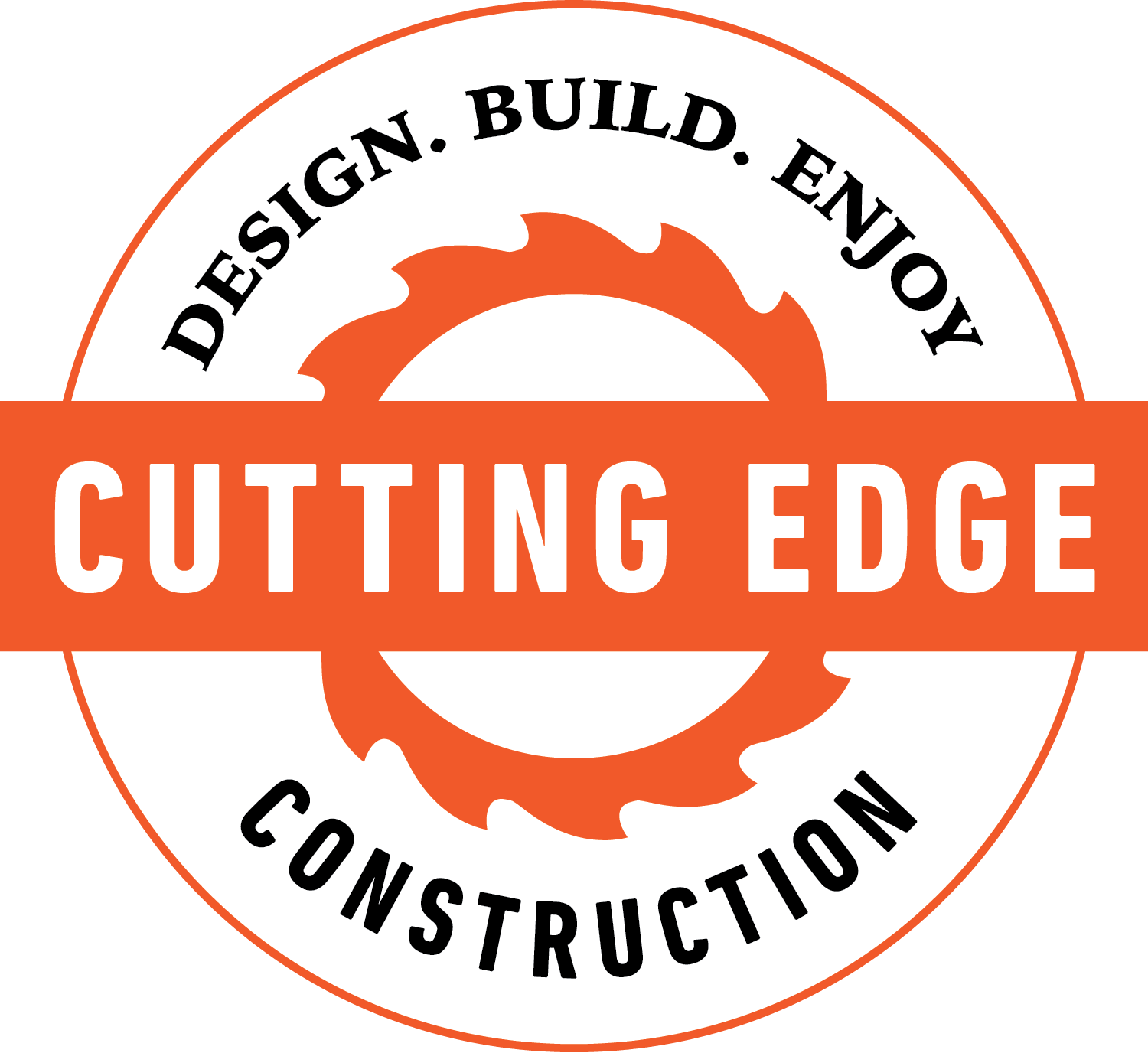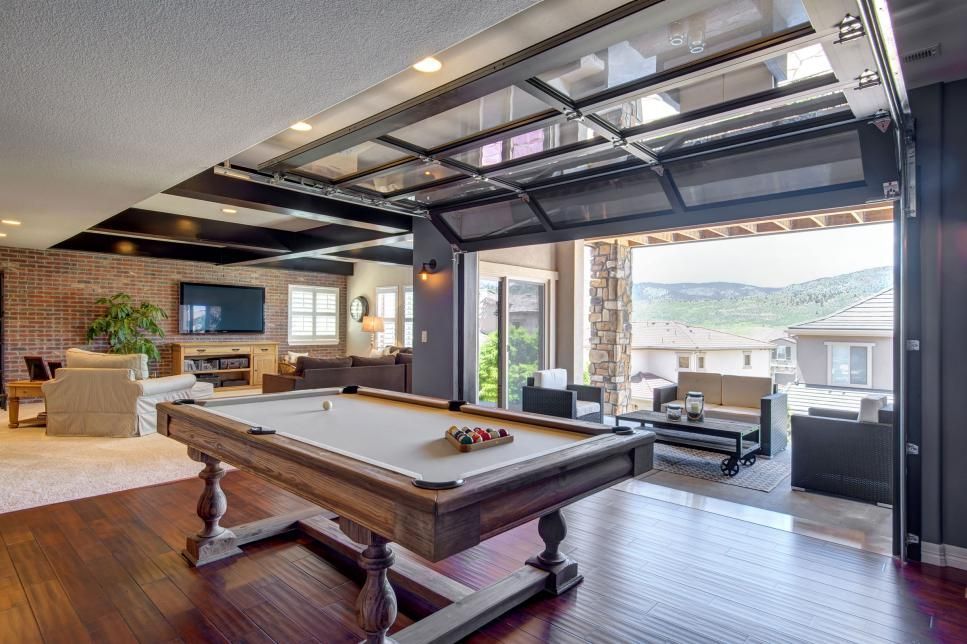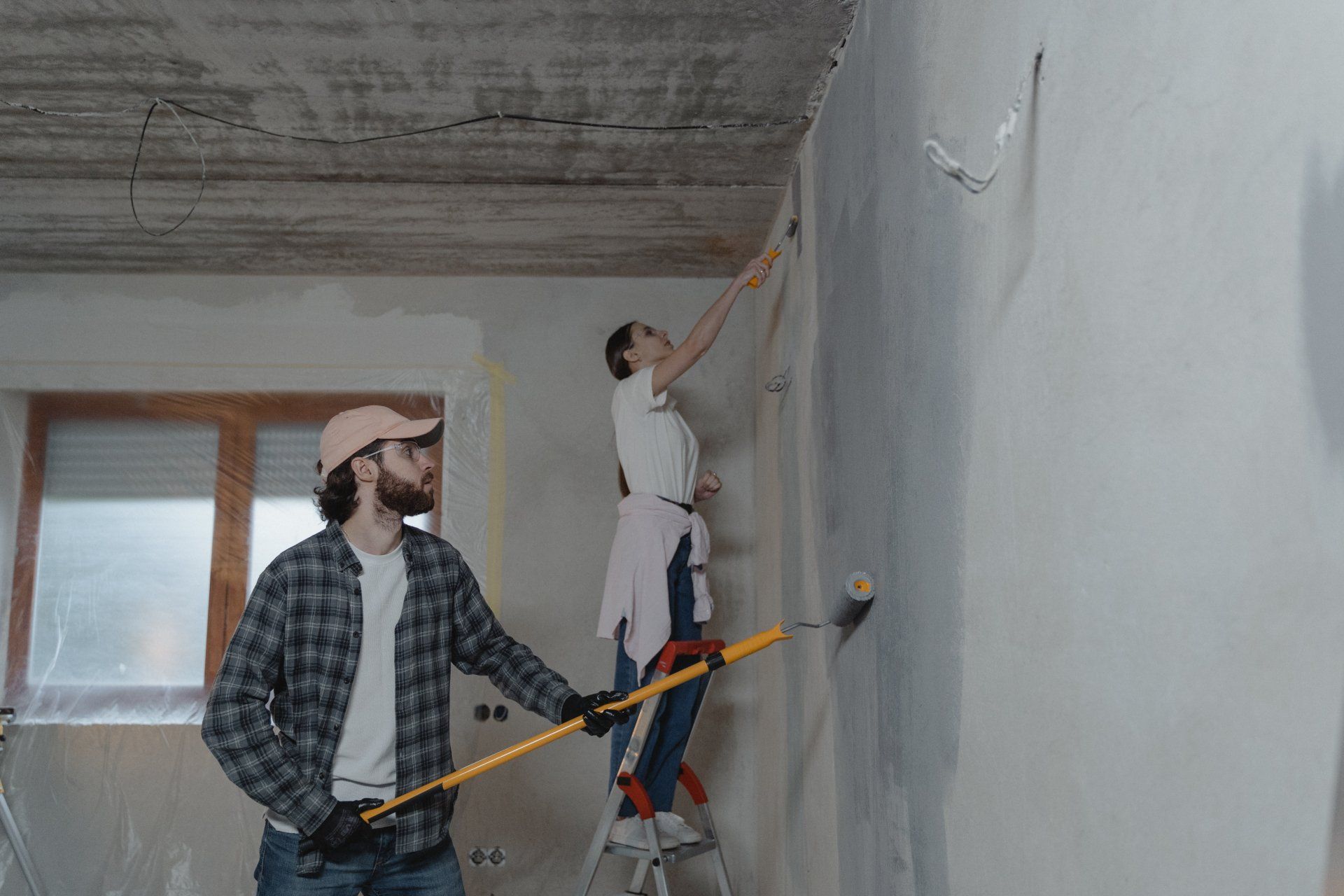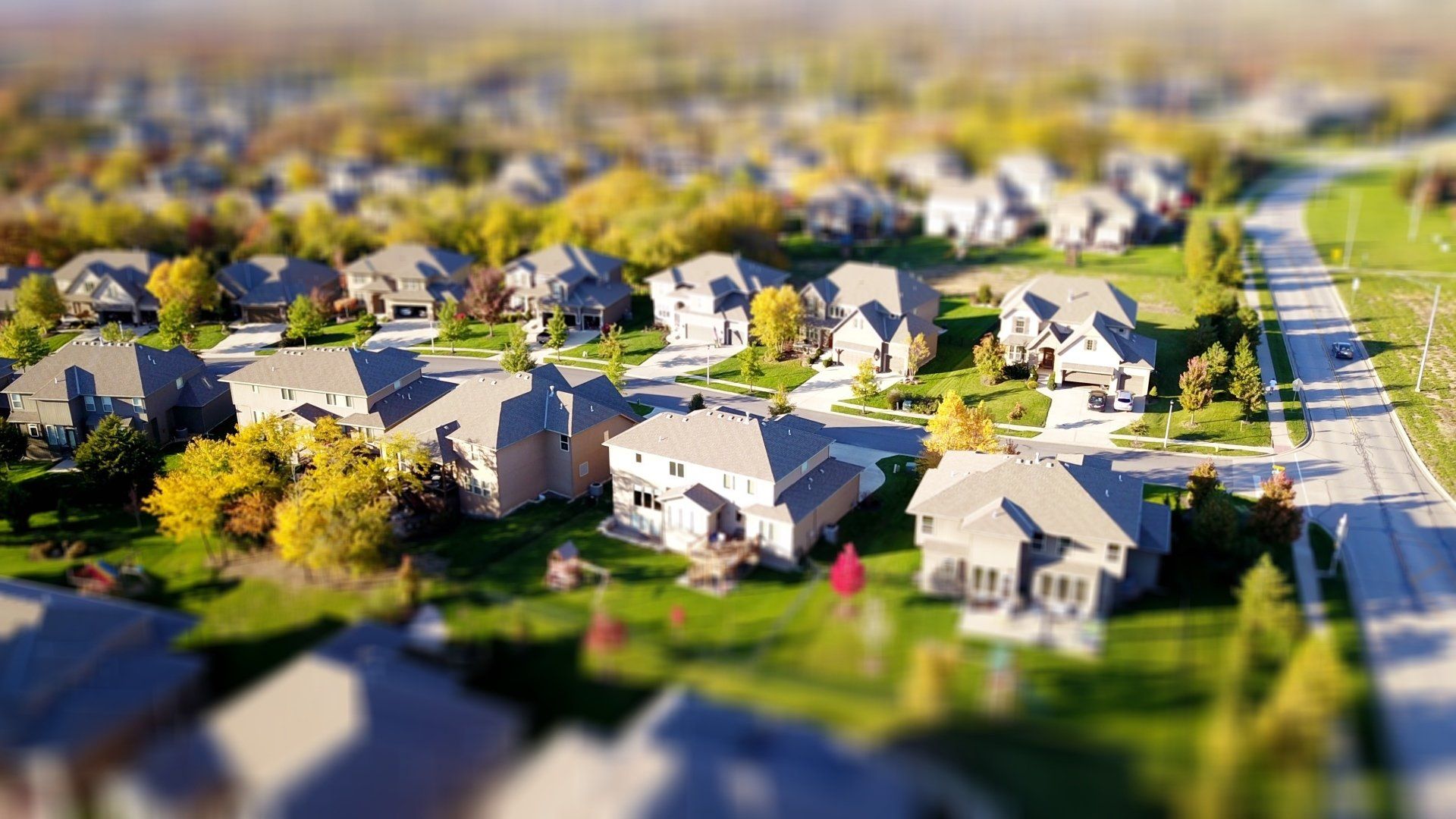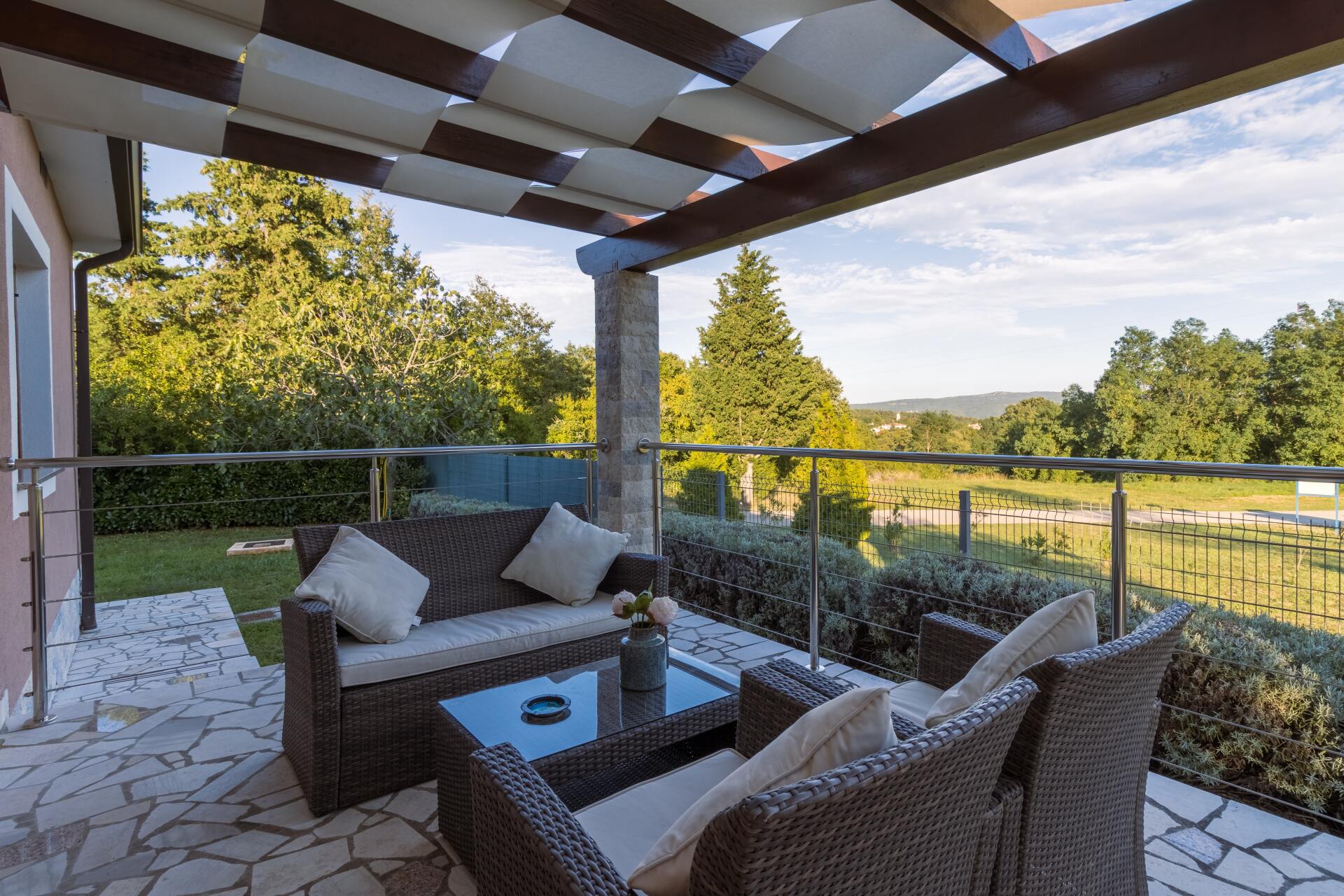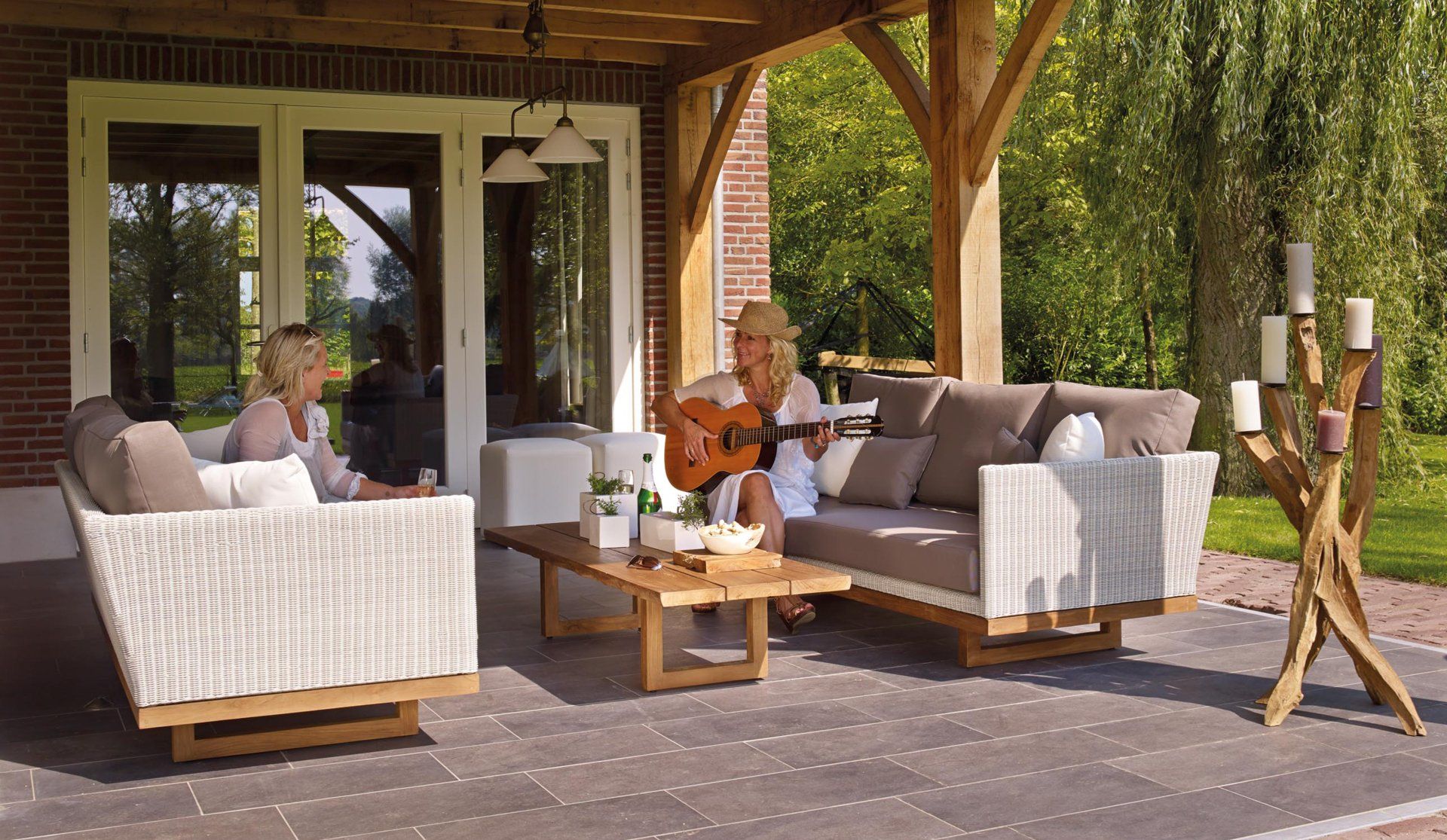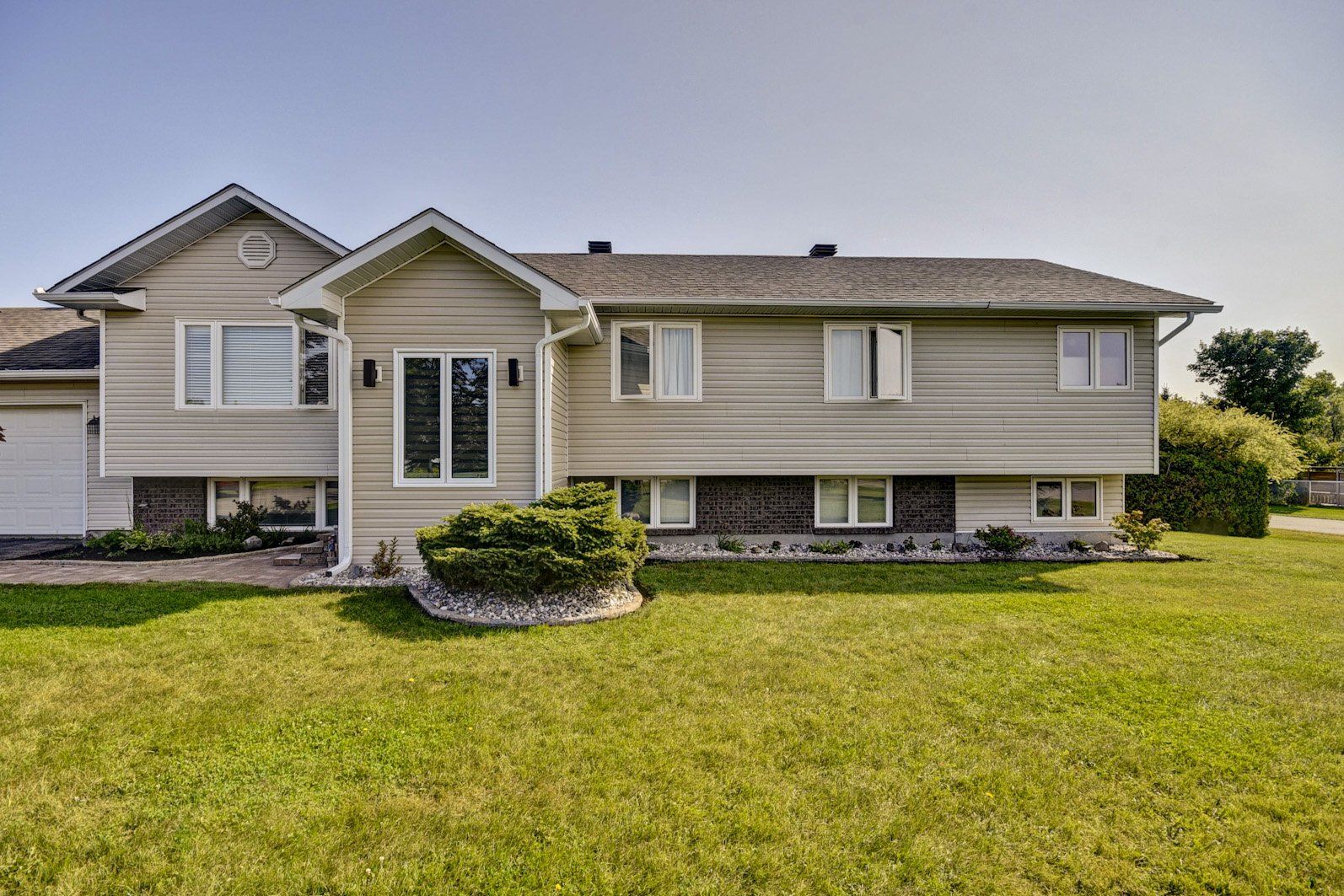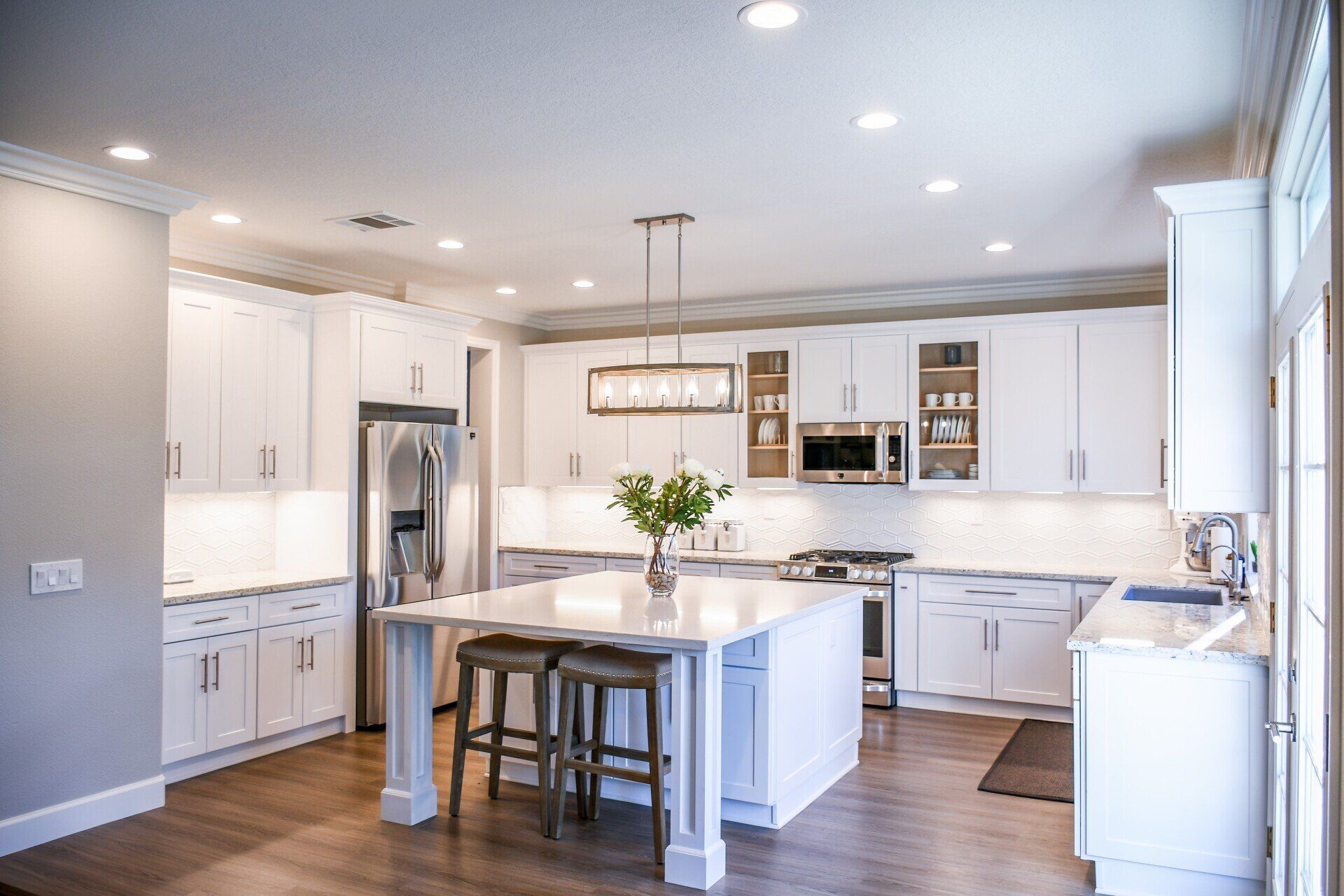Innovating Home Addition Services: Redefining Construction with Cutting-Edge Techniques
Innovating Home Addition Services: Redefining Construction with Cutting-Edge Techniques
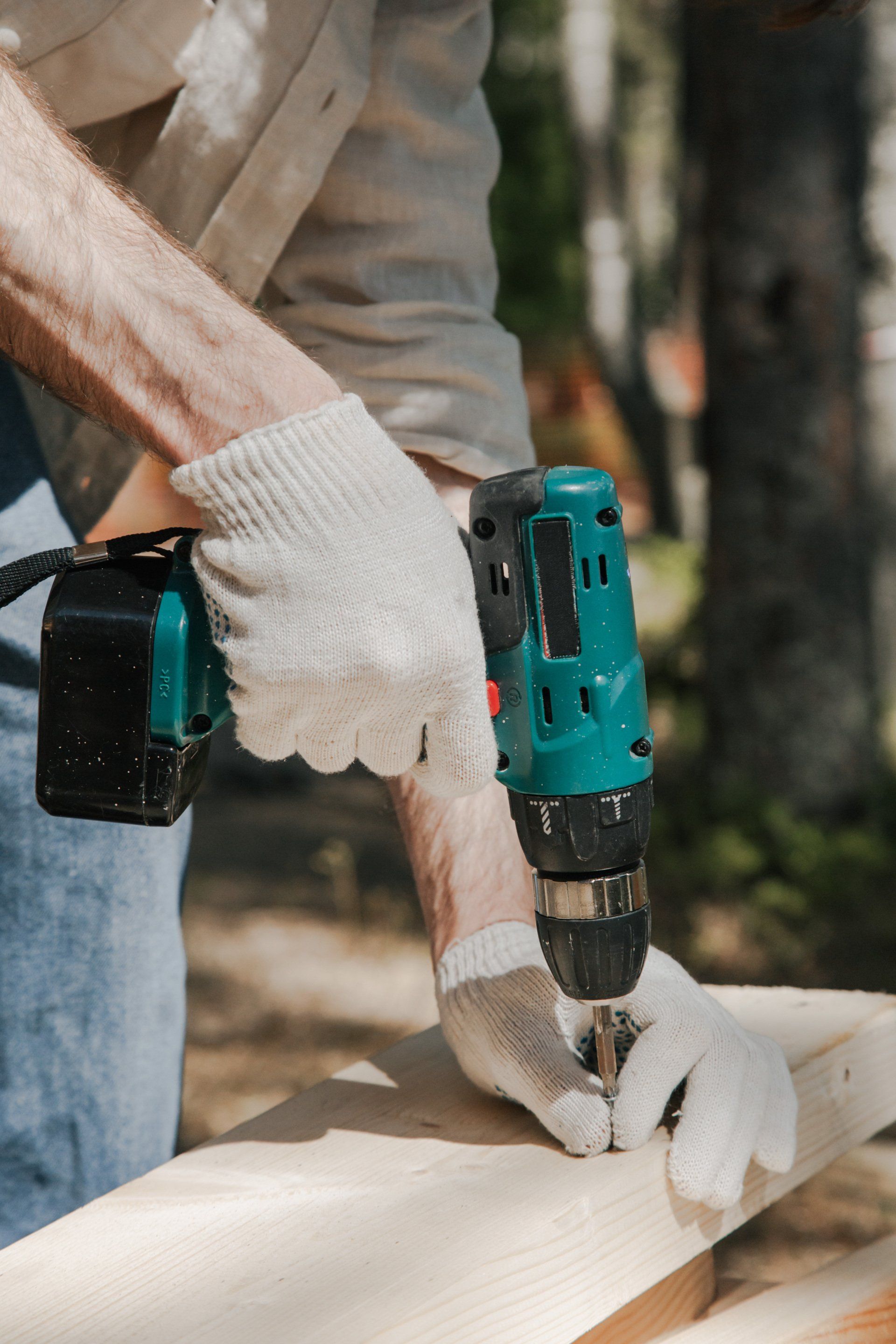
Introduction
In the realm of modern architecture and construction, the concept of home additions has transcended the conventional boundaries of building extensions. With the advent of cutting-edge construction technologies and innovative design approaches, home addition services have evolved into an art that blends functionality, aesthetics, and sustainability seamlessly. This blog explores the fascinating world of cutting-edge home addition services, showcasing how these advancements are revolutionizing the way we expand and enhance our living spaces.
1. Embracing Sustainable Building Practices
The construction industry has made significant strides towards sustainability in recent years. Home addition services are no exception, as forward-thinking builders prioritize eco-friendly materials, energy-efficient systems, and sustainable construction techniques. From solar panels and rainwater harvesting systems to passive design strategies that maximize natural lighting and ventilation, sustainability is now a cornerstone of modern home additions. Embracing green building practices not only reduces environmental impact but also leads to long-term energy savings for homeowners.
2. Prefabrication and Modular Construction
Gone are the days of prolonged construction timelines and disruptions. Prefabrication and modular construction techniques have revolutionized the home addition process. Builders now create components off-site in controlled environments, minimizing waste and maximizing efficiency. Once ready, these modules are assembled on-site like building blocks, significantly reducing construction time and the associated inconveniences for homeowners. This innovation also ensures higher precision, quality control, and cost-effectiveness.
3. Augmented Reality (AR) and Virtual Reality (VR) in Design
Incorporating AR and VR into the design phase of home additions has transformed the way homeowners and architects visualize projects. These technologies allow clients to take virtual tours of their prospective additions before construction begins, enabling them to make informed decisions about layouts, materials, and finishes. This level of immersion enhances communication between clients and builders, resulting in more accurate outcomes that align with the client's vision.
4. Building Information Modeling (BIM)
BIM is a game-changer in the construction industry. This digital representation of a project combines architectural, structural, and systems information into a unified model. Home addition services benefit from BIM by providing a comprehensive overview of the project's lifecycle, aiding in project management, cost estimation, clash detection, and efficient collaboration among all stakeholders. BIM minimizes errors, reduces delays, and optimizes the construction process, ensuring a smoother journey from concept to completion.
5. Smart Home Integrations
The digital age has ushered in a new era of smart homes, and home addition services are keeping up with the trend. Integrating smart technologies into additions allows homeowners to control lighting, heating, security, and other systems remotely. From energy-efficient thermostats to automated blinds and integrated entertainment systems, these features enhance convenience, comfort, and energy savings.
6. Adaptive Reuse and Multi-Functional Spaces
Cutting-edge home addition services extend beyond merely adding rooms; they focus on transforming spaces creatively. Adaptive reuse involves repurposing existing structures, such as converting a garage into a home office or a basement into a functional living area. Multi-functional spaces are designed to serve multiple purposes, maximizing usability and versatility. These innovative approaches cater to the evolving needs of homeowners, enabling them to make the most of their newfound space.
Conclusion
In the dynamic landscape of construction, home addition services have embraced innovation and evolved into an intricate blend of sustainability, efficiency, design, and technology. From sustainable building practices and modular construction to augmented reality design and smart home integrations, the possibilities for enhancing living spaces are boundless. As homeowners seek to expand their homes with minimal disruption and maximal creativity, cutting-edge construction techniques are paving the way for a new era of home additions that are as sustainable as they are aesthetically pleasing.
Be the first to know
We will get back to you as soon as possible
Please try again later


